I haven’t been a PC gamer for years. I spend all day at work sitting a computer desk, I spend a lot of time at home sitting at a computer desk working (to keep my various websites running) so when I need some down-time I’d rather sit on my couch and play games then spend even more time at a computer desk…
A few months ago Valve introduced “Big Picture Mode” for Steam. This mode basically adjusts the Steam menu system for HDTVs and controller based navigation. Rumors started flying that they were going to make their own console to compete with Playstation and Xbox. More recently those rumors were somewhat confirmed when Valve announced that they will be making a “SteamBox” spec for what this Living Room PC should be, essentially allowing any hardware manufacturer to make their own variation of the SteamBox and at the same time help standardize the PC; the first of which is the Xi3 Piston.
This obviously intrigued me since there are a number of PC games I’d love to play but not wanting to drop $1000+ for a gaming PC and then spend even more time in my office playing it. So I set out to build my own budget SteamBox. The SteamBox “spec” hasn’t been released, though chances are it would be out of my price range anyway so I was just going to see if I could get the job done for under $300 (what I’d expect to pay for a console) leveraging the piles and piles of old PCs I had laying around.
The first PC I was sacrificing was an old HTPC/DVR I built, after looking at the equipment inside I quickly determined that the only thing worth salvaging was the case itself and the disc-drive. The case was an nMedia HTPC 600BAR. It’s a nice black steel chassis that supports a full-sized ATX Motherboard with a real brushed aluminum front, an integrated IR window, as well as flash media ports right on the front and a decorative disc tray door. (it’s also got USB, Firewire, and audio ports on the side right near the front). The DVD R/W drive is nothing special but it’s compact, quite and supports SATA.
The second PC I salvaged was one that my brother gave to me. I had built it for him 2 years ago for HD Video editing. it was blue-screening on him every-time it booted up and he got frustrated and just bought a new PC and gave me his old one since I had built it. This had an Asus P5N-D motherboard which is setup for gaming with overclocking features, it had a Intel Core 2 Quad (Q6600) processor 3GB of DDR2 memory across two sticks, and a two Seagate Barracuda 320GB 7200RPM SATA drives setup in a RAID array. It had a really nice Rosewill 550W power supply and a good-for it’s time but now dated ATi graphics card along with various other bits of essentially uninteresting hardware.
Comparing the specs of the Q6600 to an Intel i3 I found them to be fairly comparable CPUs, the i3 was more efficient and slightly better for gaming tasks, but the Q6600 was a slightly better performer for non-gaming tasks. So I considered this a good-enough platform for my needs… I don’t need a graphics powerhouse and my projector is only 720P so as long as I can run games above 30FPS at 1280×720 with decent AA and textures I’ll be happy with the results. Sure an i3 would be a bit better and an i5 would be a big step up… but the Q6600 was free and that would give me a lot of room to work with the rest of it.
Since I was short-changing myself slightly on the processor side I wanted to get the beefiest graphics card (I could afford) that was compatible with the somewhat dated motherboard. the P5N-D includes 2 16x PCI-e 2.0 slots (3.x is the current new standard) looking around there were a few $400+ cards that still supported the v2.0 slot but the GTX550 seemed to fit my needs, it has an HDMI port (an absolute must for a TV build) and I found a used “superclocked” variant with 2GB of on-board memory for $120, I probably could have found. The next step up used v3.0 and the 2GB variant of that was prohibitively expensive so this seemed like a good choice. I also picked up two used 2GB sticks of matching DDR2 memory for $25 to max out the motherboard supported of 8GB of memory.
If you’re keeping track at home I’ve spent $145 including shipping and my PC specs are:
- nMedia 600BAR HTPC Case
- Asus P5N-D Motherboard
- Intel Core 2 Quad Q6600 processor
- 8GB Corsair DDR2 memory
- nVidia GTX 550 Ti 2GB Superclocked
- Seagate Barracuda 320GB 7200RPM HDD in RAID array
- Rosewill 550W Power Supply
- Lite-On DVD R/W drive
- integrated flash media slots
Now came the came the part where I’d need to chose an operating system. Ideally I’d run Ubuntu but that’s not really an option for gaming. Rumor has it the official Valve SteamBox will run Linux, which is great and I’m sure that will vastly improve linux gaming support, but the market is just not there yet. I like Win 7 but I’ve heard that Win 8 is a little lighter and runs a little faster, not to mention the Metro UI while loathed by traditional PC gamers seems the perfect interface for a HTPC Gaming machine… Win 8 was the easy choice.
The Last piece of the puzzle is the peripherals, I have a wireless keyboard and mouse that I bought so I could use the keyboard with my Xbox 360 before they released the “chat pad”… it’s USB based with it’s own 2.4GHz transmitter. Keyboard and mouse are a necessary evil but I really don’t want to be using that very often, especially not from the couch. after some research I found there are these generic chinese IR remotes sold under a dozen different names that emulate a keyboard and mouse. The one above I bought on Amazon for $7.50 shipped. It’s pretty slick you can move the mouse pointer around using the big directional button and most of the other buttons are mapped to standard keyboard shortcuts. The best part is that the Harmony Remote supports this protocol so anything you can do via keyboard I can do via my harmony remote.
The first one I received had a defective IR receiver, but the Amazon seller sent me another one without any hesitation. I had to rig up a custom mounting bracket to hide the receive behind the IR window in the front of the case and I even had a USB pin header adapter so I’m not even snaking the cable out to an external port… nice and clean.
The last peripheral bit was to pickup an official Microsoft “Wireless Gaming Receiver” a small USB dongle that allows you to use any wireless Xbox 360 controller on a PC. Sadly I wont be able to easily mount this inside of the case as I will need access to the sync button. I considered doing something clever like cracking it open and re-appropriating the case’s reset button for sync but then I might still run into problems with the metal chassis interfering with the signal… so outside the case it will stay, I may make up a custom mount to keep it at the back of the case.
You may notice that there is another PCI card in there, this is simply a second network card. The reason being is that I had been using another old PC as a hardware firewall for my Xbox 360, this allowed me to force block people on Xbox Live, I’d remote into that PC and identify the IP of the person I didn’t want to play with and add them to the block list. I’d then never connect to them in-game again. It also worked the other way where I could set a white list so I would only connect to my friends, keeping randoms out or forcing myself onto a specific Xbox Live server. Now that I’ll have a PC in the same room as my Xbox I can use this for the firewall tasks and simply switch inputs on my receiver instead of involving my laptop to remote into the old firewall PC.
I haven’t tested it out yet (two of the fans in the case seems to be on their last leg so I want to replace those before I put it through it’s paces… I’m pretty happy with it so far and will be interested to see how my sub $300 SteamBox works out.
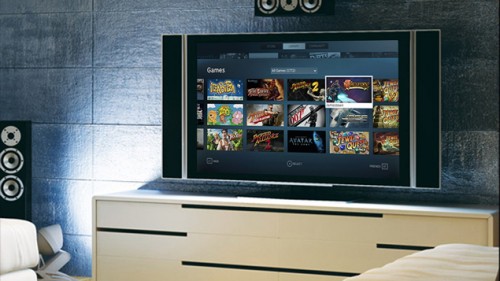
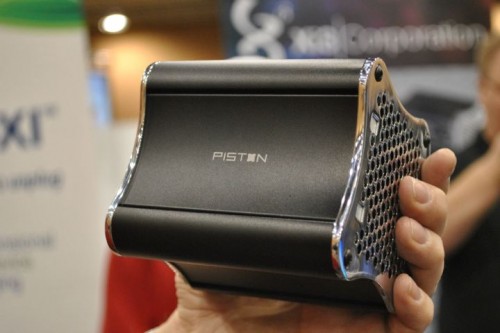
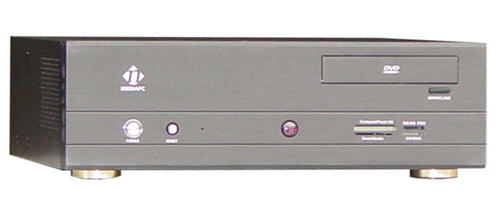
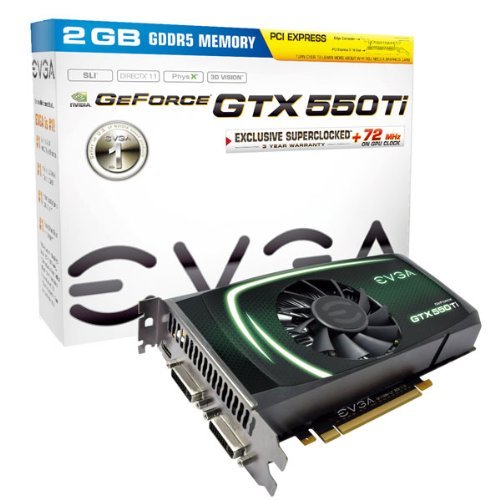

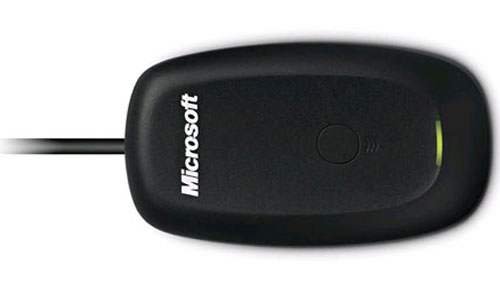
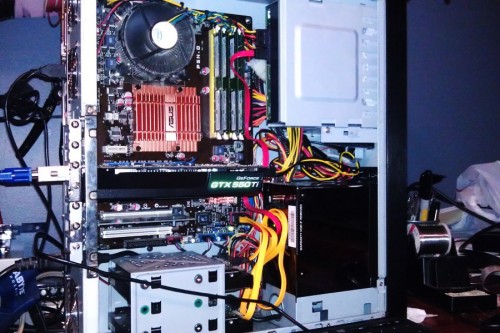
0 Responses to “SteamBox Build”